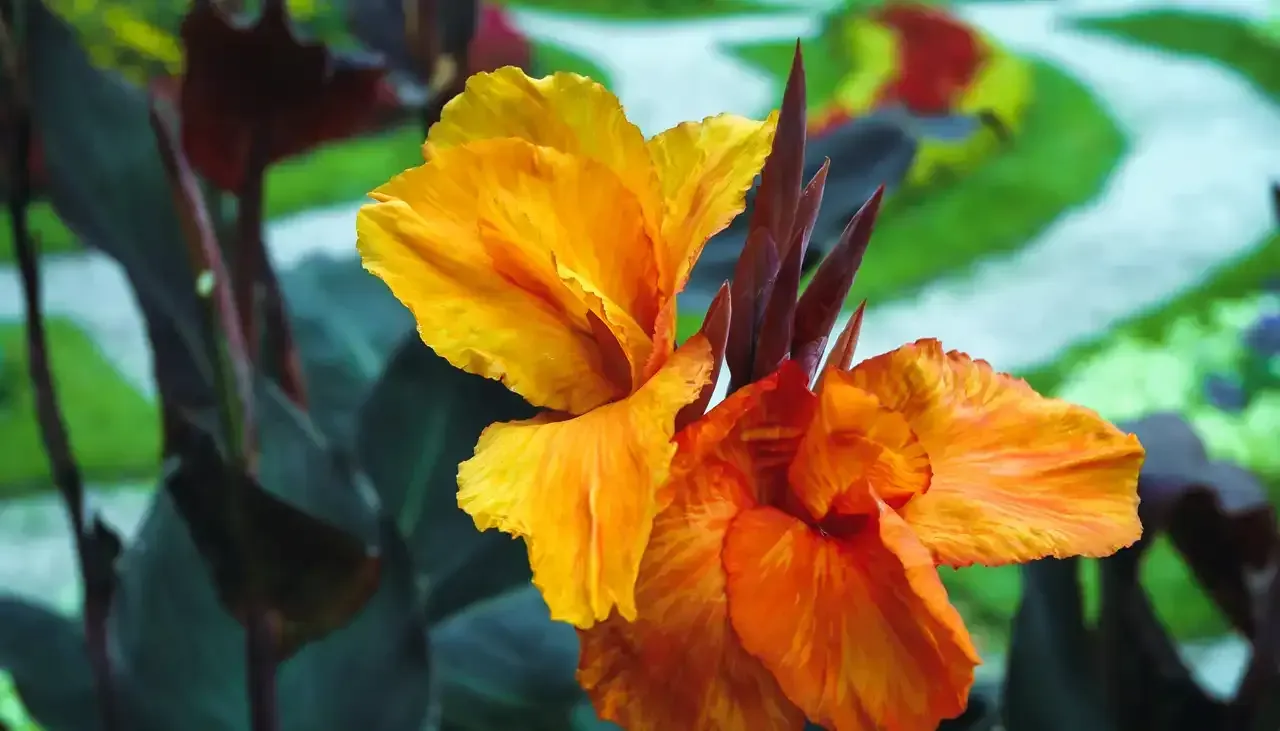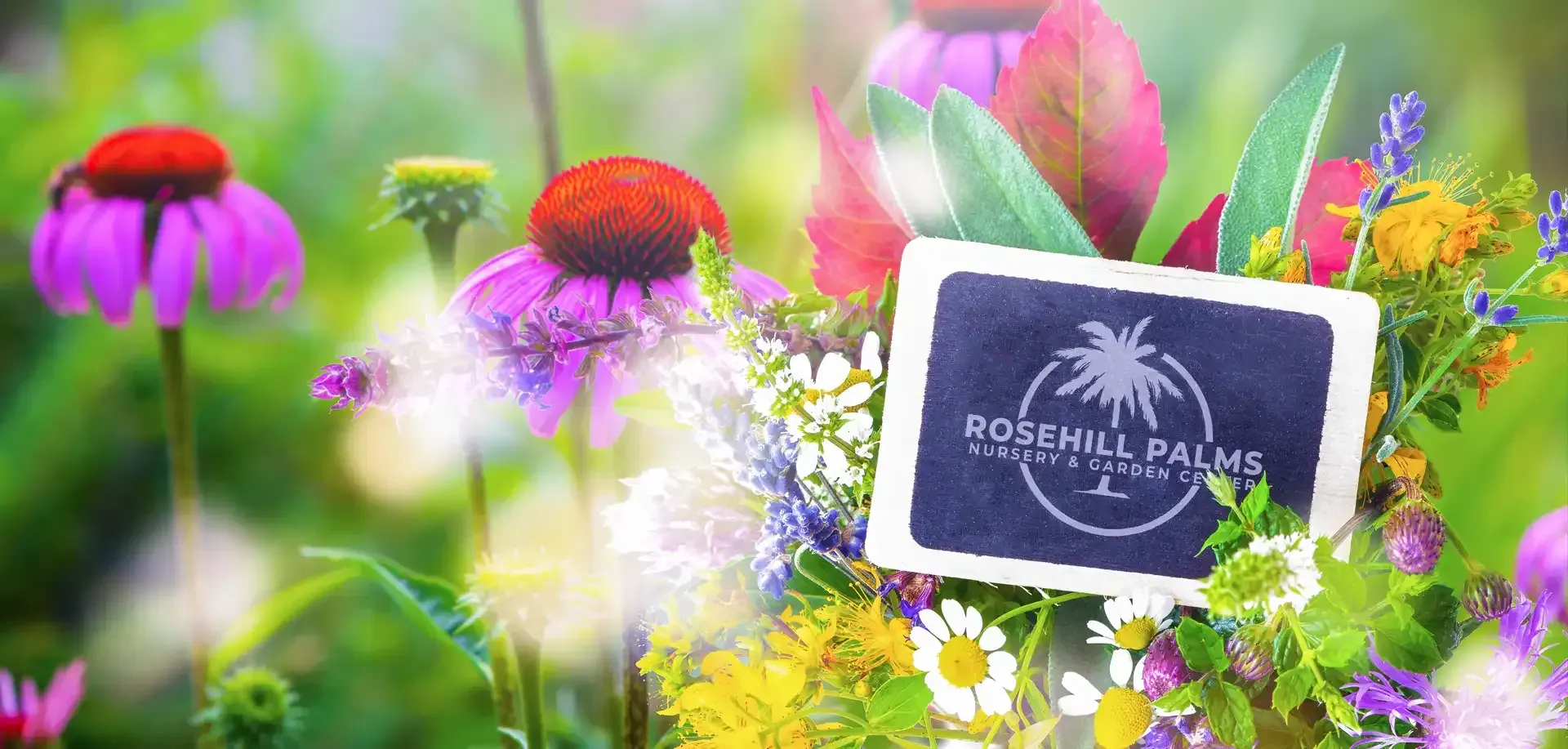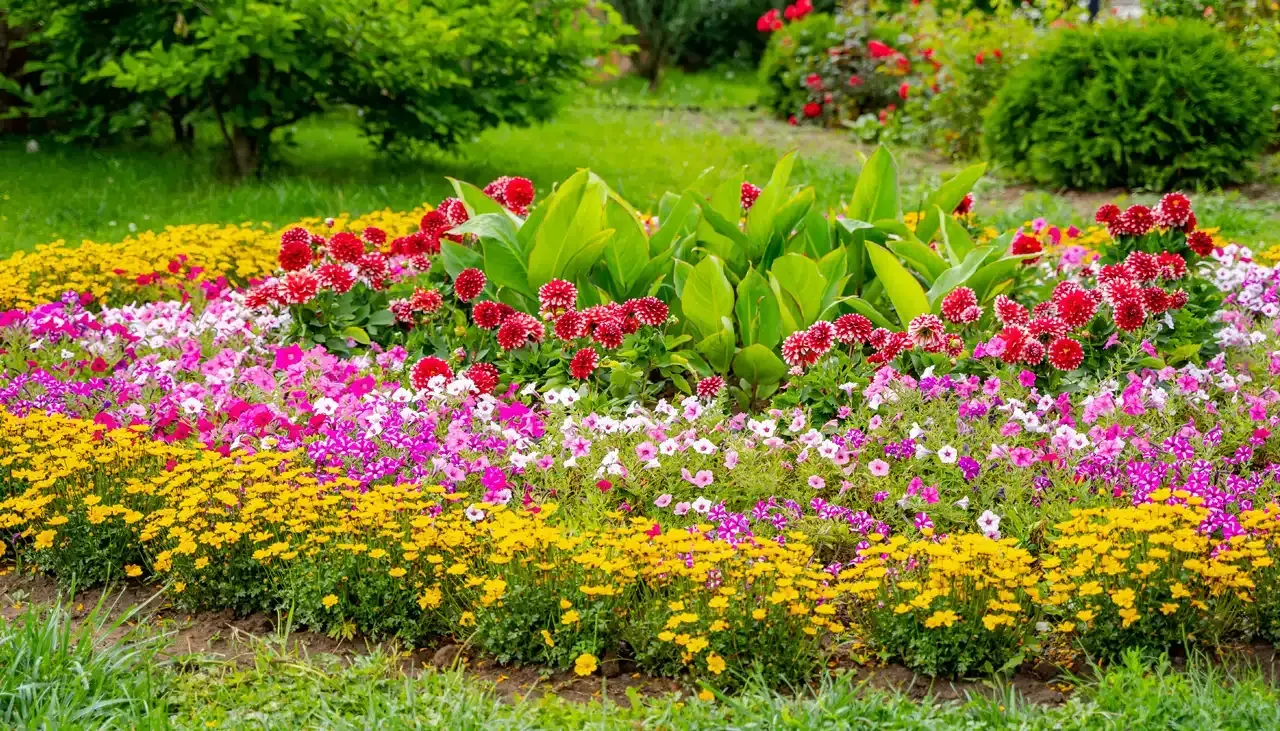How to Pair Plants Together For a Thriving Garden
How to Pair Plants for a Thriving Garden - Guide to Companion Planting
What is Companion Planting?
Companion planting is the practice of strategically placing plants together based on their ability to benefit one another. This can involve improving growth, repelling pests, attracting beneficial insects, or enhancing soil health. While it is often associated with vegetable gardens, this guide focuses on how to apply companion planting to ornamental gardens. In landscaping, companion planting is not just about function but also about creating aesthetic appeal by combining plants that complement each other in height, texture, and color.
Benefits of Pairing Plants
Pairing plants thoughtfully in your landscape offers a range of benefits:
- Pest and Disease Control: Certain plants can repel pests or reduce the spread of diseases. This reduces the need for chemical pesticides and promotes a healthier ecosystem.
- Improved Growth: Some plants enhance the growth of their companions by improving soil conditions or releasing beneficial chemicals. Nitrogen-fixing plants like clover enrich the soil, promoting better nutrient uptake for plants that rely on nitrogen for growth, leading to healthier, more vibrant plants.
- Erosion Control and Soil Stability: Combining ground covers with deeper-rooted plants helps stabilize soil on slopes or areas prone to erosion. Ground covers like creeping thyme can prevent soil from washing away, while deeper-rooted plants anchor the soil.
- Enhanced Aesthetics: Pairing plants with complementary colors, textures, and heights creates a visually appealing and cohesive garden design. Contrasts like spiky ornamental grasses with soft, rounded flowers add depth and interest to your landscape.
- Efficient Use of Space and Microclimates: Companion planting allows you to make the most of your garden space by layering plants and maximizing growth in a given area. Meanwhile, taller plants can provide shade for more delicate, shade-loving plants, helping create microclimates that support diverse species in your garden.
How to Choose the Right Plant Pairings
Understanding each plant's light and space needs is crucial for successful pairings. It’s vital to the health of your plants to ensure they receive their preferred amount of sun and to avoid overcrowding. Consider the heights and fullness of the plants you plan to pair.
Shade-Loving Plants
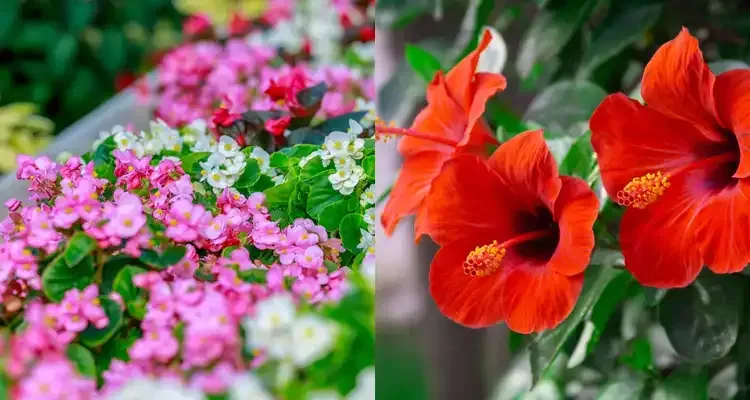
In shaded garden areas, pair ferns with plants that prefer partial sun, like Begonias and Hibiscus.
Full Sun Plants
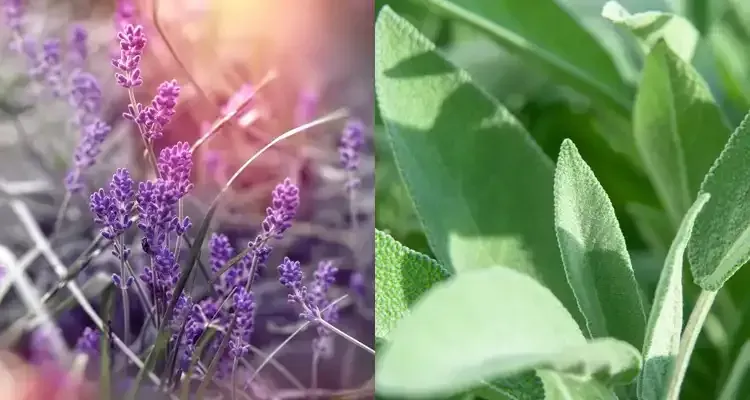
For areas of your garden that receive lots of sun throughout the day, combine different sun-loving and drought-tolerant varieties like Lavender and Salvia flowers with ornamental grasses.
Space Considerations
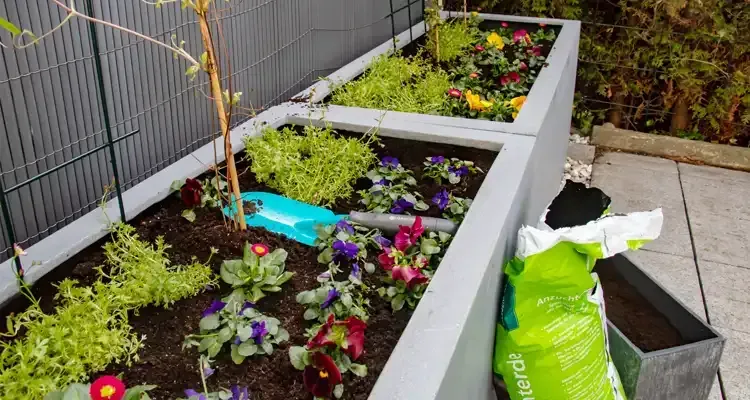
Give each plant enough room to grow to its mature size. Pair tall plants with low-growing ground cover to fill gaps without competing for space.
Pest and Disease Management
Certain plants act as a natural repellent to pests and disease or attract beneficial pollinating insects, making them ideal companions.
- Pest Deterrents: Marigolds can repel nematodes and aphids, making them great companions for roses or other flowering shrubs. The strong scent of lavender deters snails and slugs, helping keep them away from other plants.
- Disease Prevention: Avoid planting species that are susceptible to the same diseases near each other. For instance, keep roses away from plants prone to black spot fungus. Some flowers excrete their phytochemicals into the soil to help prevent disease. For example, marigolds can help deter fungus growth.
- Beneficial Insects: Include flowering herbs like yarrow or thyme to attract pollinators and predatory insects that help control pests.
Common Companion Plants
Here are a few examples of tried-and-true landscaping plant pairings:
- Roses and Lavender: Lavender not only repels aphids and beetles but also enhances the beauty of rose bushes with its contrasting texture and fragrance.
- Boxwood and Hydrangeas: Use boxwoods as a structured backdrop to highlight the voluminous blooms of hydrangeas.
- Coneflowers and Black-Eyed Susans: These native perennials thrive in similar conditions and create a stunning display of warm colors.
- Ornamental Grasses and Daylilies: The airy texture of grasses complements the bold blooms of daylilies, creating a balanced look.
Plant to Avoid When Companion Planting
- Azaleas and Grass: These two plants require different things from their soil. Azaleas prefer acidic soil, while grass prefers neutral conditions. Planting them in the same soil can hinder their growth.
- Lavender and Mint: These two don’t pair well due to their different water needs. Lavender is easily over-watered and prefers drier soil, while mint prefers lots of water.
- Sunflowers: Some plants, like sunflowers, release allelopathic chemicals that slow the growth of the plants around them. They should be planted in dedicated patches.
Tips for Implementing Companion Planting in Your Garden
While these tips seem like common sense, the best advice is to keep things simple and doable in your garden.
- Start Small: If you’re new to companion planting, experiment with a few small pairings to see what works best in your garden.
- Research Plant Needs: Understand each plant's growth habits, light requirements, and soil preferences before pairing them.
- Layer for Visual Interest: Use taller plants as focal points and surround them with mid-height and low-growing companions to create depth.
- Consider Bloom Timing: Pair plants with staggered bloom times for continuous color throughout the season.
- Use Mulch: Mulch can help maintain soil moisture, suppress weeds, and provide a clean backdrop for your plant pairings.
- Observe and Adjust: Monitor your garden regularly and adjust as needed to improve plant health and aesthetics.
Conclusion
Companion planting is a powerful strategy for creating a thriving, beautiful landscape. By understanding each plant's needs and benefits, you can design a garden that fulfills both function and form.
At Rosehill Palms, we’re here to help you choose the right plants and keep them healthy for your landscape. Visit us today to discover how companion planting can transform your outdoor space!
Rosehill Palms
18511 FM 2920 Rd, Tomball, TX 77377
Proud member of the
Please feel free to contact us via the form below. We will give you an answer as soon as possible!
Contact Form Blog
We will get back to you as soon as possible.
Please try again later.
Rosehill Palms | Developed by Urdaneta Group WSI | All Rights Reserved 2025
Rosehill Palms | Developed by WSI Houston | All Rights Reserved 2024

